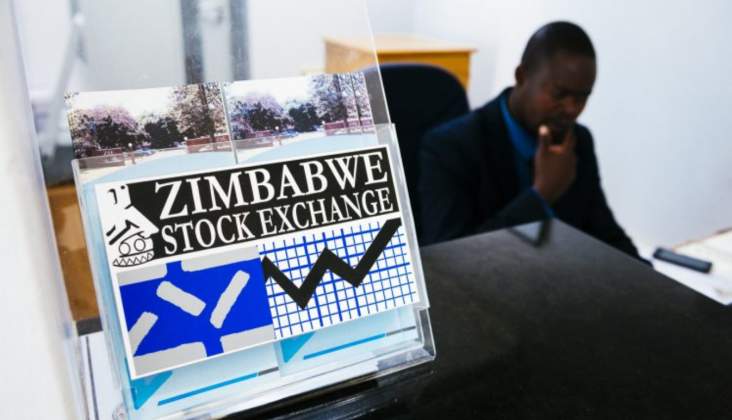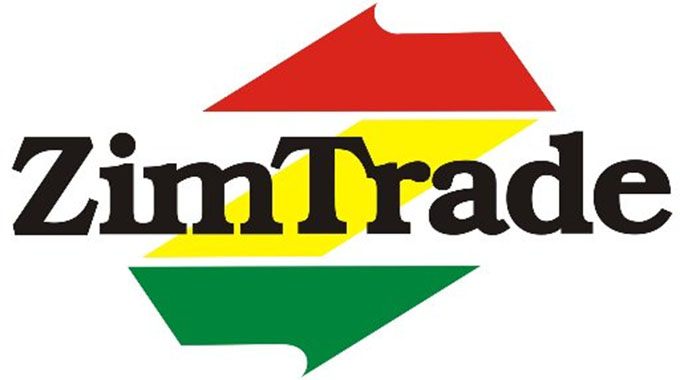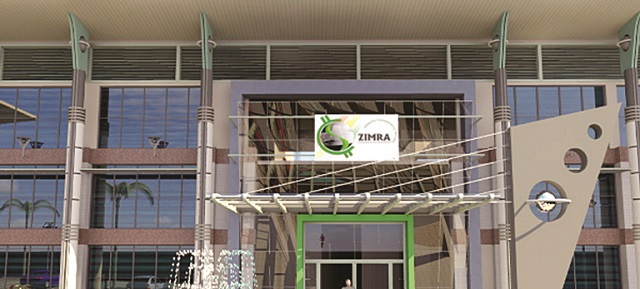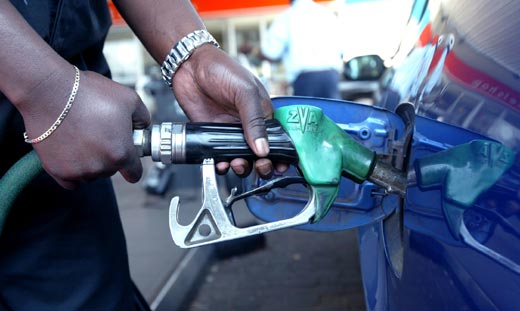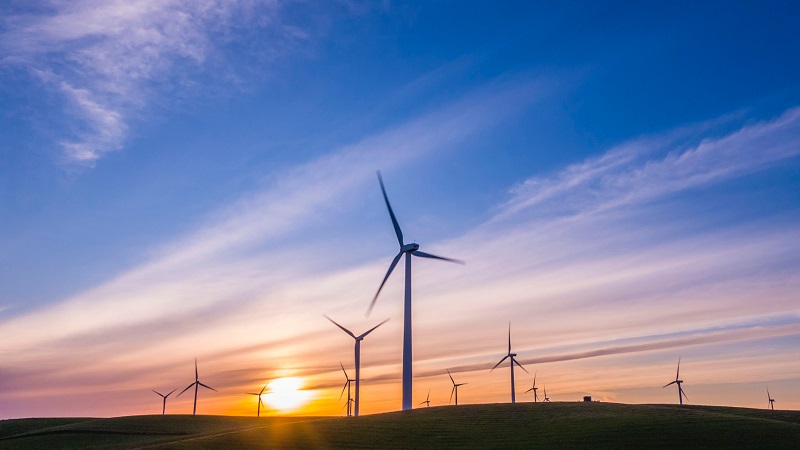ZERA poised to licence 200MW wind power project
The Zimbabwe Energy Regulatory Authority (ZERA) is intensifying efforts to tap into wind energy for power generation to cover the huge energy deficit in the face of reduced power generation from the country’s traditional thermal and hydro sources.
The energy crisis the country faces is being attributed to a lack of investment in the energy sector, ageing power generation assets and loss of generation capacity at the flagship Kariba hydropower plant.
Edington Mazambani, ZERA, chief executive officer, said for now, to plug that gap, we need to have some initiatives.
“There is wind; there are about 100 megawatts out of Mamina; the application has already come through; that power plant is envisaged to supply Dinson, Iron and Steel Company in Manhize in Mvuma,” he said.
“There have been some assessments that are being done in Mutorashanga, and we expect that project to be coming to ZERA for licencing probably in the first quarter of next year. They are happy with the results of the tests they are doing and that is about 200 MW, which is envisaged to come out of Mutorashanga.”
He said a considerable number of companies have expressed interest in investing in wind energy.
“So far, we have one that has applied for a licence for Mamina, and we have another that has indicated to us that they are doing tests and should be coming to us for licencing probably early next year after they have completed their tests,” Mazambani said.
For the purpose of conducting a feasibility assessment on suitable locations for the construction of wind power plants, the ZERA issued a request for proposals in 2017.
But because bidders’ prices greatly exceeded the budget, the project was delayed in 2018.
The goal of the experiment was to accurately assess and analyse Zimbabwe’s wind resource in order to better inform the country’s planning for initiatives using renewable energy.
The International Renewable Energy Agency’s 2015 Africa Clean Energy Corridor Programme study, which identified solar photovoltaic, concentrating solar power and wind energy zones covering countries in the power pools of Eastern and Southern Africa, served as the impetus for the wind assessment programme.
Economist, Gladys Shumbambiri, said demand for power is already over 2000MW, and rising, this means that Zimbabwe still has a big power gap to fill.
“Power utility ZESA is on record saying applications of at least 2350MW for extra electricity have been delivered and this is more than the country’s current installed capacity which makes the need for all types of power generation in order to meet demand,” she said.
These applications are from the mining sector, which needs power for new operations and expansion projects and the high energy consuming Dinson steel project, which alone needs over 500MW immediately for its first phase.
Zimbabwe currently uses 1671MW despite a 2200MW installed demand because the country’s industrial base is no longer at the same level it used to be, given the economic downturn in recent years.
Zimbabwe’s renewable energy capacity increased by a negligible 1,07 percent of 1222 MW in 2022 from 1209 MW in 2021, highlighting the ongoing development of the energy transition in the mix of power generation.
With the cost of oil and gas expected to stay high for the foreseeable future, countries that can generate their own energy from renewable sources would appear to be in an enviable position.
In an effort to diversify its energy mix and reach its 2030 carbon emission reduction objectives, Zimbabwe plans to use power generated from non-fossil sources.
Wind energy offers many advantages, which explains why it’s one of the fastest-growing energy sources in the world. To further expand wind energy’s capabilities and community benefits, researchers are working to address technical and socio-economic challenges in support of a decarbonised electricity future.-ebusinessweekly


